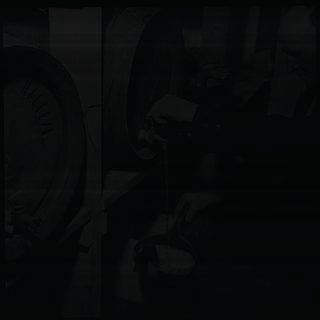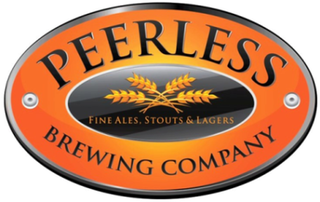
Beer is one of the oldest types of alcoholic drinks in the world, and the most widely consumed. It is the third most popular drink overall after potable water and tea. It is produced by the brewing and fermentation of starches, mainly derived from cereal grains—most commonly malted barley, though wheat, maize (corn), rice, and oats are also used. During the brewing process, fermentation of the starch sugars in the wort produces ethanol and carbonation in the resulting beer. Most modern beer is brewed with hops, which add bitterness and other flavours and act as a natural preservative and stabilising agent. Other flavouring agents such as gruit, herbs, or fruits may be included or used instead of hops. In commercial brewing, the natural carbonation effect is often removed during processing and replaced with forced carbonation.

Mild ale is a type of ale. Modern milds are mostly dark-coloured, with an alcohol by volume (ABV) of 3% to 3.6%, although there are lighter-hued as well as stronger milds, reaching 6% abv and higher. Mild originated in Britain in the 17th century or earlier, and originally meant a young ale, as opposed to a "stale" aged or old ale.
Adnams is a regional brewery founded in 1872 in Southwold, Suffolk, England, by George and Ernest Adnams. It produces cask ale and bottled beers. Annual production is around 85,000 barrels.

Brown ale is a style of beer with a dark amber or brown colour. The term was first used by London brewers in the late 17th century to describe a lightly hopped ale brewed from 100% brown malt.

The Titanic Brewery is an independent producer of bottle conditioned and cask ales in Burslem, Stoke-on-Trent, England.

Beer has been brewed in England for thousands of years. As a beer brewing country, it is known for top fermented cask beer which finishes maturing in the cellar of the pub rather than at the brewery and is served with only natural carbonation.

Beer in Norway has a long history, stretching back more than a millennium. Until some 200 years ago, most farms where it was possible to grow grain south of the Arctic Circle, brewed their own beer. From the early 20th century brewing was industrialized and home brewing was restricted. Significant consolidation in the brewing sector reduced the number of major breweries to just a handful. With the exception of the farmhouse ales, most beer styles brewed in Norway trace their ancestry to central Europe.

Brewery Ommegang is a brewery located near Cooperstown, New York, United States, that specializes in Belgian-style ales.

McMullen's, known locally as Mac's, is a regional brewery founded in 1827 in Hertford, England, the United Kingdom. The brewery expanded during the second half of the 19th century by purchasing other breweries and their associated pubs. In 1902 it was the second largest brewery in Hertfordshire. The brewery has occupied several different sites in Hertford and moved to its current location in 1891. There have been several breweries on this site and the current one opened in 2006. As of 2021, members of the 6th generation of the McMullen family are still involved with the business.


The Malt Shovel Brewery is an Australian brewery owned by Lion, a subsidiary of the Japanese conglomerate Kirin. It is located in Camperdown, New South Wales. Malt Shovel is best known for its James Squire range of beers. The beer is named after the convict turned Australia's first brewer James Squire, who also went on to grow Australia's first hops and is said to have created Australia's first commercial brewery.

Captain Lawrence Brewing Company is a craft brewery located in Elmsford, New York. The brewery is owned and run by head brewer Scott Vaccaro. Vaccaro, a homebrewer since 1995, trained in brewing science at UC Davis.

De Struise Brouwers is a microbrewery located in Oostvleteren, Belgium.

Wells & Young's Brewery was formed in 2006 from a merger of the brewing operations of Charles Wells Ltd and Young's Brewery. Charles Wells initially had a 60% stake and Young's 40%. In 2011, Charles Wells took full control when it bought Young's 40% stake. Wells & Young's is now responsible for brewing, distributing and marketing Charles Wells' and Young & Co's brands at the Eagle Brewery in Bedford.

Beer in Scotland is mostly produced by breweries in the central Lowlands, which also contain the main centres of population. Edinburgh and Alloa in particular became noted for the export of beer around the world in the 19th century.

Most beer sold in France is pilsner lager, mass-produced by major breweries which control over 90% of the market, although there are also traditional beer styles, such as top-fermented Bière de Garde, and a number of microbreweries.

Porter is a style of beer that was developed in London, England in the early 18th century. It is well-hopped and dark in appearance owing to the use of brown malt. The name is believed to have originated from its popularity with porters.

Ale is a type of beer brewed using a warm fermentation method, resulting in a sweet, full-bodied and fruity taste. Historically, the term referred to a drink brewed without hops.

Burton ale is a type of strong ale which is dark and sweet. It is named after the brewing town of Burton-on-Trent.




















